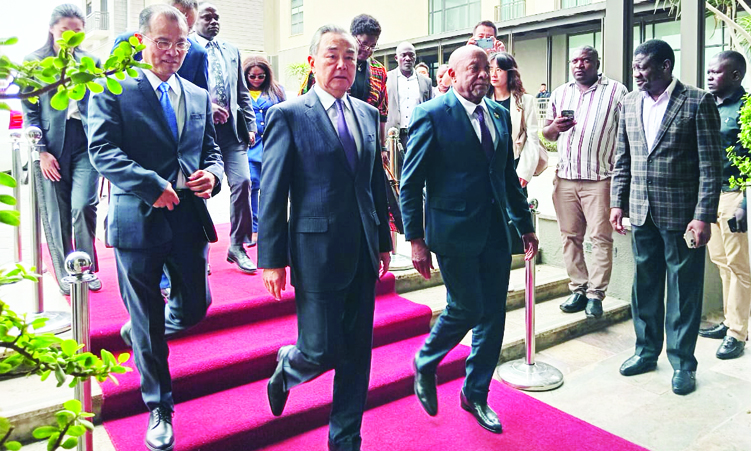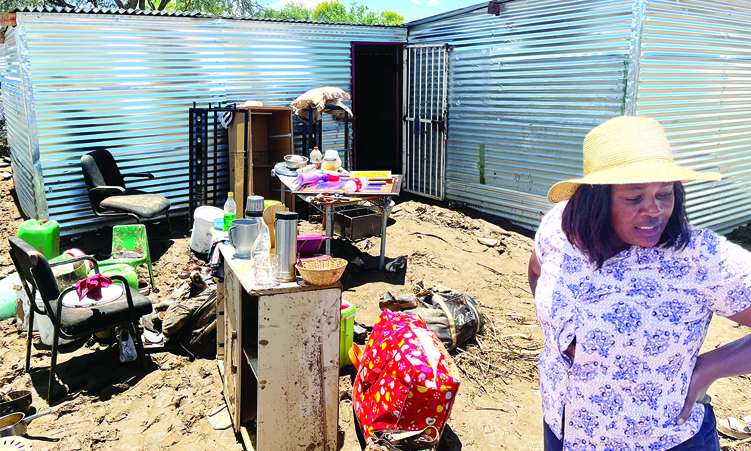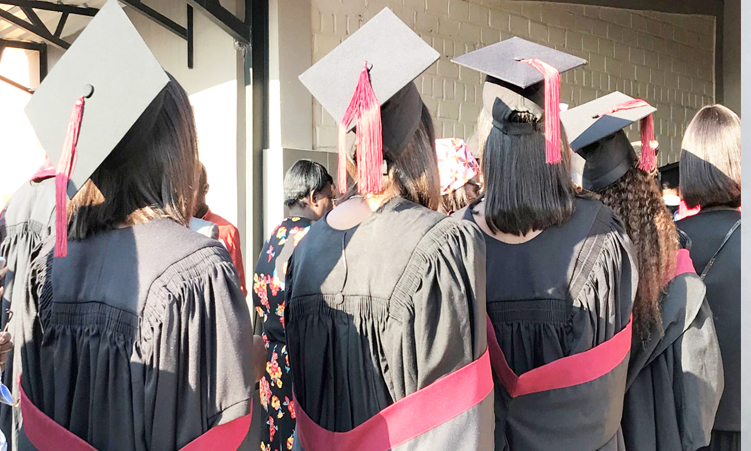WASHINGTON – Space tourism has caught the imagination of US business leaders, some of whom already have plans to serve what they say may be a multi-billion-dollar industry in a couple of decades.
“Space tourism will be a significant portion of the overall travel and tourism industry over the next 20 to 25 years,” said Eric Anderson, chief executive of Space Adventures, the first and still the only company to send paying customers into orbit. Space Adventures owns the rights to sell an open third seat aboard Russian Soyuz spacecraft.A civilian willing to undergo rigorous training can spend 10 days on the International Space Station for US$20 million dollars.US millionaire Dennis Tito became the first space tourist in 2001, followed by an Australian and another American.Daisuke Enomoto of Japan will become the fourth in October.Space Adventures has sold a fifth trip and is negotiating with several other clients, Anderson told AFP.”From the time you sign the contract, you can fly within a year,” he said.In the next two years, the firm plans to open a “spaceport” in the United Arab Emirates.There, the company plans to launch a sort of space plane with five passenger seats and a crew of one, built by a Russian company, Anderson said.It will be launched from an airplane at 18 000 metres.After release, the spacecraft will ascend nearly vertically to 100 kilometres above the Earth, to the edge of space, allowing passengers to experience the effects of weightlessness for five to 10 minutes and to witness the blackness of space before descent and landing as in an airplane.”It’s not a 10-day trip to the International Space Station, but it’s available for only 100 000 dollars,” Anderson said.Studies show that 10 and 40 per cent of the people in the world would like to fly to space, and with some 800 billionaires and 20 million millionaires in the world, the numbers tell Anderson he can count on flying 5 000 to 10 000 passengers per year.The space travel industry took off in 2004 with the success of SpaceShipOne, the first space craft developed and financed privately.The craft was also launched from a plane, at 13 000 metres for a suborbital flight to the edge of space.Its developer, legendary engineer Burt Rutan, is working with Virgin Galactic, a space tourism company, on SpaceShipTwo, with seats for six passengers and two pilots.Virgin Galactic was created by British billionaire Richard Branson, owner of Virgin Atlantic, which has invested 100 million dollars to develop a fleet of suborbital craft.The first SpaceShip-Two prototype will fly in late 2007 and Virgin Galactic plans to carry its first clients for US$200 000 in late 2008 or early 2009 from its own “spaceport” to be built in the southwestern US state of New Mexico.Rocketplane Kistler, headed and largely financed by businessman George French, hopes to offer suborbital flights by late 2007 in its Rocketplane XP with space for three passengers.Finally, PlanetSpace, backed by US businessman Chirinjeev Kathuria, is building a three-seater expected to carry passengers in a low orbit by 2008.US Secretary of Transportation Norman Mineta encouraged these entrepreneurs in February by promising to grant flight certification rapidly to companies that can prove they can fly safely.- Nampa-AFPSpace Adventures owns the rights to sell an open third seat aboard Russian Soyuz spacecraft.A civilian willing to undergo rigorous training can spend 10 days on the International Space Station for US$20 million dollars.US millionaire Dennis Tito became the first space tourist in 2001, followed by an Australian and another American.Daisuke Enomoto of Japan will become the fourth in October.Space Adventures has sold a fifth trip and is negotiating with several other clients, Anderson told AFP.”From the time you sign the contract, you can fly within a year,” he said.In the next two years, the firm plans to open a “spaceport” in the United Arab Emirates.There, the company plans to launch a sort of space plane with five passenger seats and a crew of one, built by a Russian company, Anderson said.It will be launched from an airplane at 18 000 metres.After release, the spacecraft will ascend nearly vertically to 100 kilometres above the Earth, to the edge of space, allowing passengers to experience the effects of weightlessness for five to 10 minutes and to witness the blackness of space before descent and landing as in an airplane.”It’s not a 10-day trip to the International Space Station, but it’s available for only 100 000 dollars,” Anderson said.Studies show that 10 and 40 per cent of the people in the world would like to fly to space, and with some 800 billionaires and 20 million millionaires in the world, the numbers tell Anderson he can count on flying 5 000 to 10 000 passengers per year.The space travel industry took off in 2004 with the success of SpaceShipOne, the first space craft developed and financed privately.The craft was also launched from a plane, at 13 000 metres for a suborbital flight to the edge of space.Its developer, legendary engineer Burt Rutan, is working with Virgin Galactic, a space tourism company, on SpaceShipTwo, with seats for six passengers and two pilots.Virgin Galactic was created by British billionaire Richard Branson, owner of Virgin Atlantic, which has invested 100 million dollars to develop a fleet of suborbital craft.The first SpaceShip-Two prototype will fly in late 2007 and Virgin Galactic plans to carry its first clients for US$200 000 in late 2008 or early 2009 from its own “spaceport” to be built in the southwestern US state of New Mexico.Rocketplane Kistler, headed and largely financed by businessman George French, hopes to offer suborbital flights by late 2007 in its Rocketplane XP with space for three passengers.Finally, PlanetSpace, backed by US businessman Chirinjeev Kathuria, is building a three-seater expected to carry passengers in a low orbit by 2008.US Secretary of Transportation Norman Mineta encouraged these entrepreneurs in February by promising to grant flight certification rapidly to companies that can prove they can fly safely.- Nampa-AFP
Stay informed with The Namibian – your source for credible journalism. Get in-depth reporting and opinions for
only N$85 a month. Invest in journalism, invest in democracy –
Subscribe Now!








